How the Right Landscape Design Makes Your McLean, VA Outdoor Space Functional and Beautiful
When it comes to the landscape design that makes your McLean, VA outdoor areas more beautiful, a landscape plan should also account for your lifestyle and how you want to use those spaces. The best landscapes are an extension of your style and personality, from entertaining to times when you need solitude. See how a stellar landscape design can deliver beauty and functionality.
Related: Feeling Like Your Leesburg, VA Backyard is Missing Something? Let a Fire Pit Fill That Void
Landscape Feature Placement
Ensuring outdoor living features flow together well makes spending time there enjoyable and effortless. Landscape designers are masters at proper positioning so the outdoor areas feel unified but distinct in function.
The Use of Transitions
Transitions are areas that connect different parts of a landscape. Transitions can be created by using plantings, hardscape elements, or even changes in the level of the landscape. For example, a landscape designer might use a row of shrubs to create a transition between a patio and a garden.
The Use of Balance
Balance is important in creating a cohesive and flowing landscape. This doesn't mean that the landscape has to be perfectly symmetrical, but there should be a sense of equilibrium between the different elements. For example, a landscape designer might balance a large tree on one side of a yard with a group of smaller plantings on the other side.
The Use of Visual Interest
A well-designed landscape should have a variety of interesting elements to keep the eye moving. This can be done by using a variety of plantings, hardscape elements, and focal points. For example, a landscape designer might create interest on a patio with unique paver laying patterns, a stone retaining wall, and a series of tall evergreens on one side for privacy.
Related: See How Professional Landscaping Near Me Transforms a South Riding, VA Property into a Dream Space
Ensuring All the Features Work Together
Repetition of elements throughout the landscape can help create unity and flow. This can be done by repeating the same plantings, colors, textures, shapes, or paver choices in different areas of the landscape. For example, a landscape designer might repeat the use of blue perennials in varying hues in different parts of a garden to create a cohesive look.
Lines created by paths, walkways, fences, walls, or even rows of plantings can be used to create a sense of movement and flow in a landscape. For example, a landscape designer might create a line using a stepping stone path that leads from the patio to the garden.
Creating levels with terraces, raised beds, or even simply positioning taller plantings in the back of a planting bed and shorter plantings in the front can also add interest and flow. For example, a landscape designer might create a terrace off the paver patio with a raised bed for vegetables and herbs to be used when cooking in an outdoor kitchen.
Focal Points in the Landscape Design
Focal points can be used to draw the eye and create a sense of movement in a landscape. Focal points can be created by using sculptures, water features, or even trees or shrubs with interesting shapes or colors.
In addition to these general techniques, landscape designers also consider the specific needs and wants of their clients when planning a landscape. For example, creating a more formal landscape for a client who wants to entertain guests frequently versus a more informal landscape for a client who wants a relaxed space to enjoy with their family.
Related: 8 Ways Irrigation Systems Enhance Your Lifestyle in Difficult Run, VA
About the Author
In the heart of our community sprouts Pine Ridge Landscaping, a vibrant, family-owned business with roots deeply entrenched in the simple love for making things grow and creating landscapes that impress. It all began with Keith, a solo dreamer with a mower in hand and a vision in mind.

